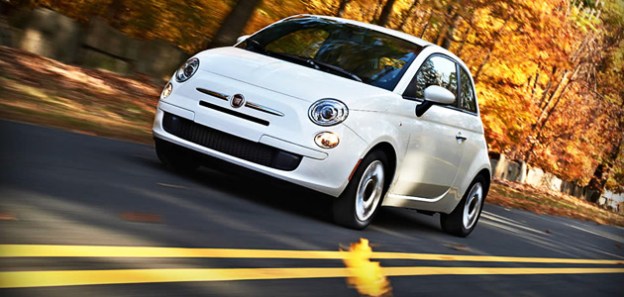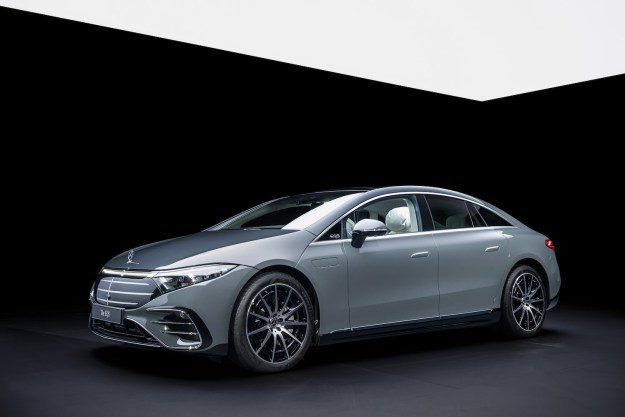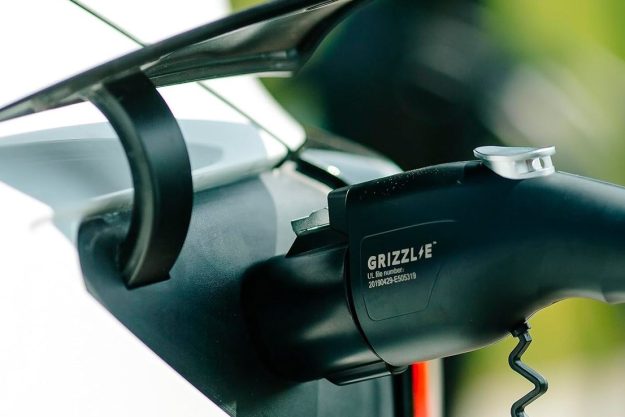 Fiat is aping Mini and working to come up with as many 500 variants as possible, including one powered by batteries. Fiat has chosen the Los Angeles auto show to unveil its 500 EV, which may go by the name 500E.
Fiat is aping Mini and working to come up with as many 500 variants as possible, including one powered by batteries. Fiat has chosen the Los Angeles auto show to unveil its 500 EV, which may go by the name 500E.
Other than a 75-kilowatt electric motor mounted where a gasoline engine usually resides, the 500E will probably be almost identical to the regular 500. This will save Fiat money, and give EV customers a zero emission experience that is otherwise consistent with the petrol-powered car.
This approach also puts the 500E in good company. The Mini E and Scion iQ EV, are also regular city cars that have undergone motor swaps. The Mini and the Scion are not intended for mass consumption, though. The Mini was part of a BMW test program, and the Scion’s 90-unit production run is being limited to fleet buyers.
Full judgment will be reserved until the 500E’s official debut in L.A., but it would not be surprising if the Fiat also turned out to be a low-volume model. Rumor has it that Fiat only built the 500E to comply with new California laws. Consequently, 500E sales will probably be limited to California and other states where Fiat (or corporate spouse Chrysler) needs to lower average emissions of its product portfolio.
For the 500E to be a serious option, it would at least need to beat the iQ EV’s 77 mph top speed and 52-mile range. The Mini E was capable of 95 miles and roughly 100 miles of driving per charge, but it is not available outside of BMW’s test program.
All of these pint-sized prototype EVs make the Mitsubishi i-MiEV, with its 62-mile range and four doors, almost seems sensible.
If Fiat could give the 500E performance equivalent to a gasoline-powered 500, and a reasonable range, it might have a car that people would consider buying. Or, the Italian giant could go the way of its rivals and build an outsize science fair project.
Fiat’s plans for the 500E, and full technical specifications, will be released when the EV debuts in November at the Los Angeles auto show.
Editors' Recommendations
- Fiat’s 500e returns as a stylish and affordable small EV
- Check out the awesome acoustic alert on the new Fiat 500 EV
- All-electric Mini Cooper SE road-tripped from San Francisco to Los Angeles


